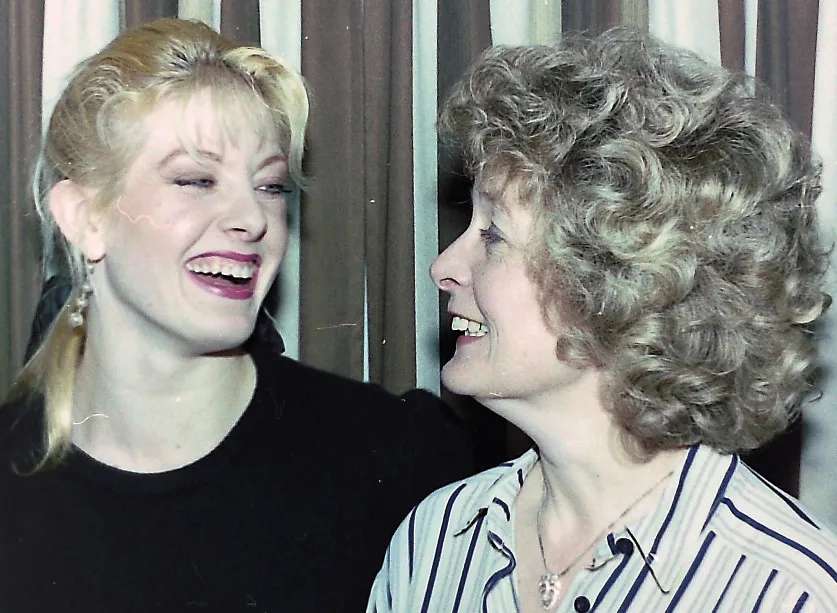The sepia postcard of an elegantly dressed Victorian lady holding a geologist’s hammer was given to Fiona Patterson-Fraser in 2017 after her mother June Partridge (née Reader-Gillingham) passed away. On it were the words “Miss Mary Anning, the celebrated geologist of Lyme Regis”.
“The postcard had writing on the back,” Fiona explains. “It read ‘father’s great aunt, born 1799, died 1847’. It was written by ‘Gapa’, my great grandfather, and he was talking about his father Herbert Reader-Gillingham.
“I saw a documentary about Mary when I was a child and recalled that she was important in palaeontology, so I began Googling her. The more I discovered, the more excited and proud I felt.”

Mary was born in Lyme Regis in 1799 to Richard Anning and his wife Molly. Richard worked as a carpenter and the family was poor. “As a baby, Mary nearly died during a lightning strike and was revived by being placed in a bath of hot water. Her survival was described as miraculous.”
Lyme Regis was overcrowded and disease was rife. Richard and Molly had 10 children, but only Mary and her brother Joseph lived into adulthood. Richard died when Mary was 11, leaving the family reliant on charity.
The Annings survived by fossil-hunting on the Jurassic Coast and selling their finds. “They must have been tenacious and hard-working to search for fossils on windswept beaches under treacherous cliffs. Mary was once trapped in a rock fall and her dog, who is on the postcard, died in a mudslide.”
“Finding fossils was just the beginning, and the Annings spent months carving out and cleaning their finds,” Fiona adds. “Mary taught herself geology, anatomy and scientific illustration.”
Public interest in fossils was growing and Mary set up a shop, Anning’s Fossil Depot, where she sold ammonites and belemnites to collectors from across the world. By her early 20s, she was a celebrity.
Palaeontology was in its infancy and Mary’s work was stellar. “I’m so proud she discovered new species – including the ichthyosaur, a large lizard-like creature that lived about 200 million years ago. She also excavated Britain’s first complete pterodactyl.”
Leading scientists sought out her expertise and knowledge. Among them were the ‘father of palaeontology’ Georges Cuvier and Richard Owen, who coined the term dinosaur. “Despite this, she was not allowed to belong to the Geological Society of London because of her gender.”
Scientists believe that Mary’s work may have contributed, in part, to Darwin’s theory of evolution. In an era when many people believed the Earth was only 2,000 years old, she framed a geological period that became known as ‘deep time’.
Accolades should have rained down on her. However, “the men who published scientific descriptions of Mary’s specimens often failed to mention her name. This was due to her class and gender. She was taken advantage of by a patriarchal society.”
The men who published scientific descriptions of Mary’s specimens often failed to mention her name.
Mary died of breast cancer in 1847. Despite her achievements, she was still struggling financially. “Her legacy lives on in many ways.
"You can see her work at the Anning Rooms of the Natural History Museum in London, and a film of her life – Ammonite, starring Kate Winslet – is available now on video on demand.
“Following a campaign started by local schoolgirl Evie Swire, the Natural History Museum are supporting efforts to put up a statue of Mary Anning in Lyme Regis. Finally, in 2010, the Royal Society added Mary to the list of most influential women scientists in British history.
“She was incredibly bright and ahead of her time. Mary is now in my life and I want to help to raise awareness of this illuminating woman,” says Fiona.
Share your family hero with us and they could appear in the magazine. Each month we’ll award our favourite a year’s Pro subscription to Findmypast worth £159.99. Contact us today!